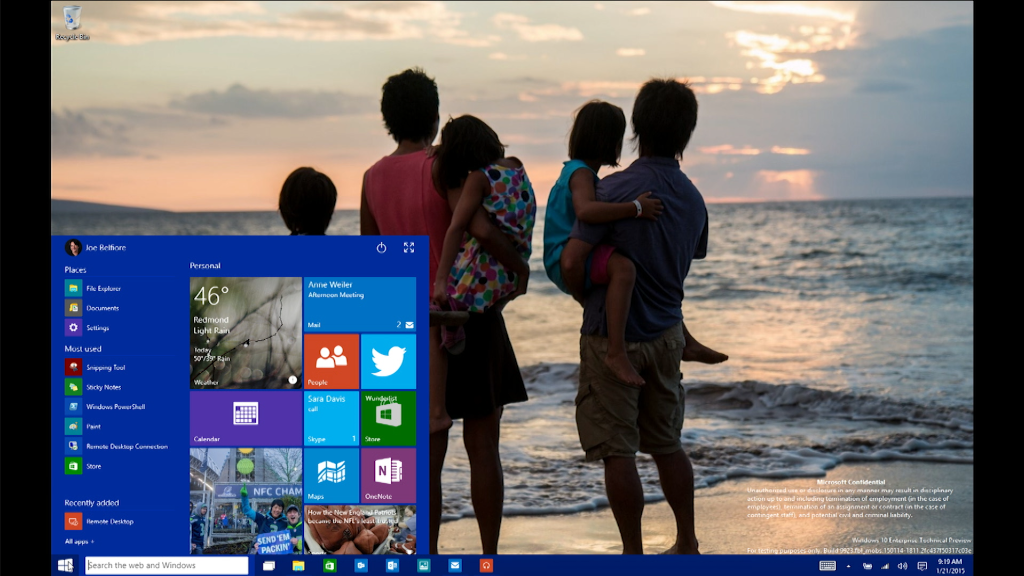
Microsoft has already said that Windows 10 will work on a PC, tablet or phone. Now it wants to put Windows on every other gadget you might want to connect to the Internet.
On Monday, Microsoft unveiled Windows 10 IoT (short for the idiotically named "Internet of Things"). It's essentially a tool to let your connected thermostat to talk to your connected car, or for a bank's connected ATM to talk to its network hub.
And if all those things run Windows, they'll play nicely (in theory) with your Windows PC or phone. That means you should be able to turn on your living room lights with Windows, and a company should be able to manage its army of connected nanobots with Windows too.
That's a much better solution that what exists now: A sea of random apps, each of which controls a different gizmo. Your connected oven has its own app. Your connected TV has its own app. And your connected self-watering plant has its own app too.
Not only is that annoying, it's also a missed opportunity.
Imagine if your connected oven could talk to your connected smoke detector. Then your smoke alarm wouldn't go off when you burn your London broil.
Microsoft is far from alone in its attempt to create a platform for connected gizmos. Apple (AAPL), Google (GOOGL), Amazon (AMZN) and Intel (INTC) also want to be the go-to hub for the billions of gadgets that will eventually be connected to the Internet.
The potentially unique proposition that Microsoft has to offer is that Windows 10 IoT won't only control the connected stuff in your house (like Apple and Google are going after), or the connections in businesses (like Amazon and Intel are fighting over). Windows 10 IoT seeks to be the operating system for all Internet-connected devices.
Here's Microsoft's elevator pitch: For businesses, Windows IoT gadgets connect to the cloud-based Azure IoT tools that will help companies make sense of all the data flowing in and out of the thingamajigs on their network. For consumers, Windows is the most-used operating system in the world, so you'll have one easy-to-use app to control everything in your home.
Microsoft already has a platform like this called Windows Embedded. Notably, about 95% of the world's bank ATMs run Windows XP Embedded. But Microsoft has given banks and other businesses little reason to update their software to newer versions.
Now, by adding cloud support and throwing in some big data analytics (and probably some other buzzwords as well), Microsoft hopes that Windows 10 IoT will catch on.
So Microsoft's got more than a decent shot at staking its claim in the IoT race. Especially since connected homes and gadgets haven't exactly taken off yet. It's still super early.

